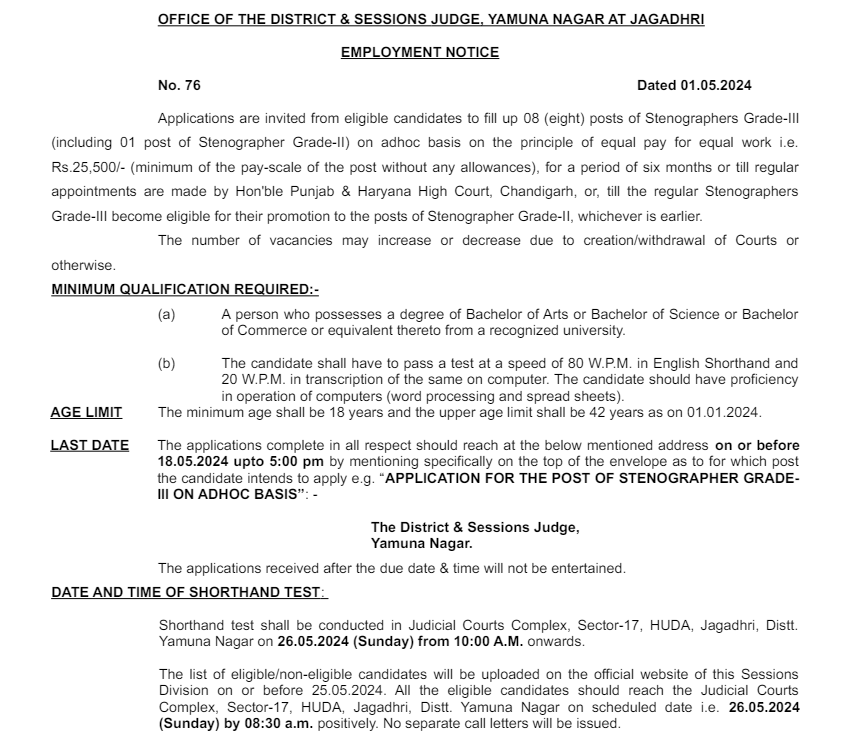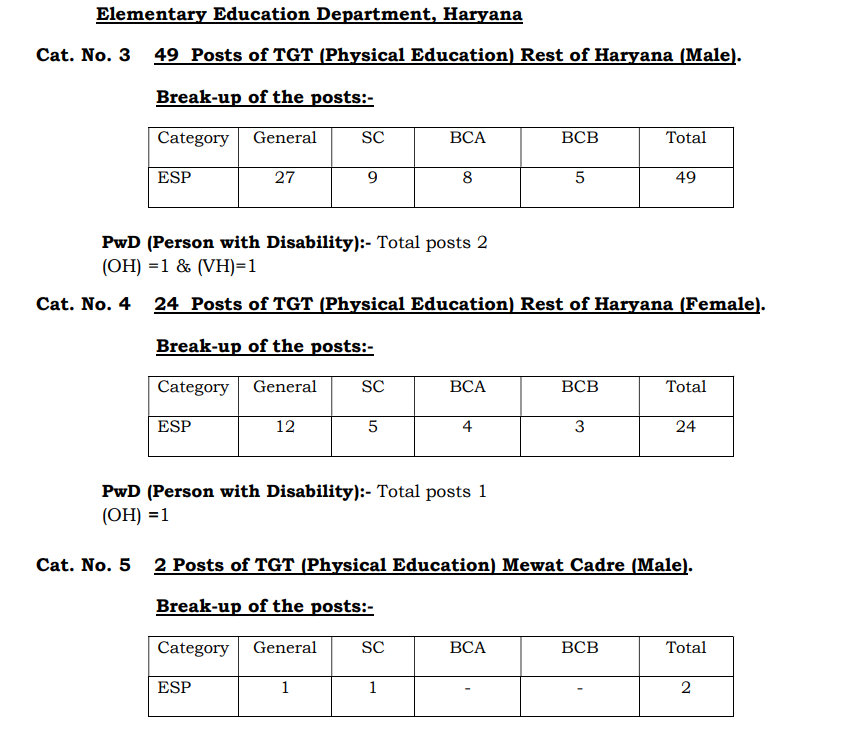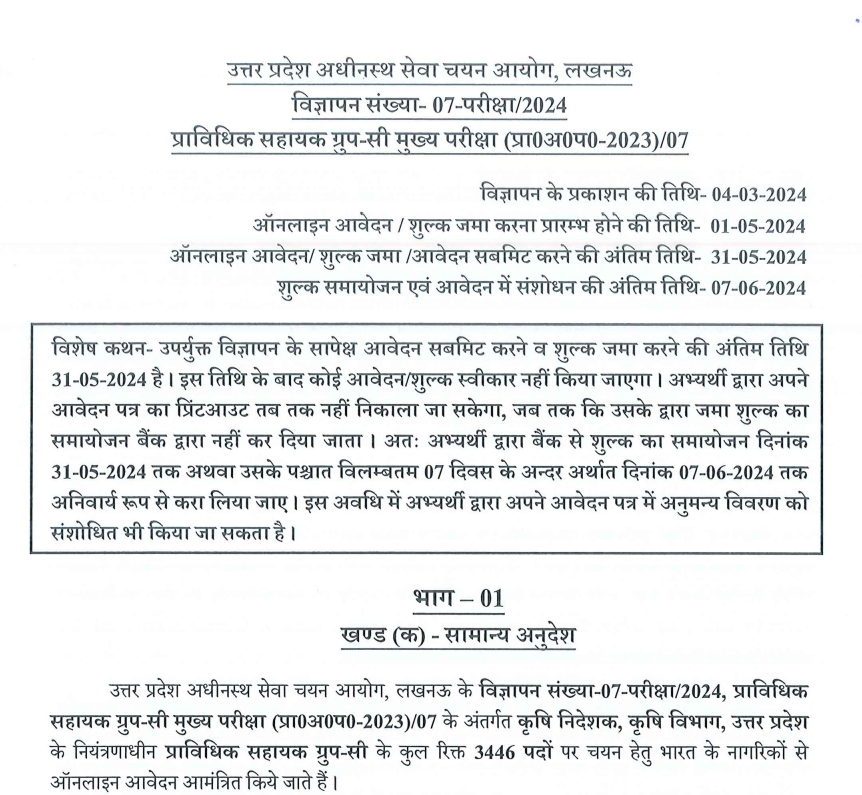Measurement And Instrumentation Part Two MCQ

Category –EE Online Test
Telegram-Join Us On Telegram
Attempt Free Measurement And Instrumentation Part Two MCQ Here. Read The Important Electricity MCQ From Below.
1) If one meter A requires 80 mA to give full scale deflection and another meter B requires 60 mA to give full scale deflection, then the
a. Meter A is more sensitive
b. Both meters are equally sensitive
c. Meter B is more sensitive
d. Insufficient data
ANSWER: Meter B is more sensitive
2) To produce a change in deflection of 1.5 mm of the galvanometer of Wheatstone bridge, a change of 5 Ω in the unknown arm of bridge is required. The sensitivity is
a. 0.2 mm / Ω
b. 0.3 mm / Ω
c. 0.4 mm / Ω
d. 0.5 mm / Ω
ANSWER: 0.3 mm / Ω
3) Resolution of an instrument is specified as an
a. Absolute value
b. Percentage of full scale deflection
c. Either (a) or (b)
d. None of these
ANSWER: Either (a) or (b)
4) If a voltmeter can measure up to 150 V and it has 150 scale divisions where each division can read to ¾ divisions. Then the resolution of the voltmeter is
a. 0.5 V
b. 0.25 V
c. 0.75 V
d. 1 V
ANSWER: 0.75 V
5) The smallest change which can be measured by the transducer of the range of 0 to 150 N force and resolution of 0.1 % of full scale is
a. 0.1 N
b. 0.15 N
c. 0.3 N
d. 0.35 N
ANSWER: 0.15 N
Measurement And Instrumentation Part Two MCQ
6) Zero drift or bias describes the effect
a. Where the zero reading of an instrument is modified by a change in ambient conditions
b. Where the zero reading is achieved by increasing sensitivity
c. Where the zero reading is achieved by increasing linearity
d. None of these
ANSWER: Where the zero reading of an instrument is modified by a change in ambient conditions
7) The zero drift is measured in units of
a. Volts – °C
b. Volts / °C
c. °C / volts
d. (volts)2 / °C
ANSWER: Volts / °C
8) The sensitivity drift is also known as scale factor drift defines the amount by which an instruments sensitivity of measurement varies as ambient conditions change. It is measured in units of
a. (angular degree / bar) / °C
b. °C / (angular degree / bar)
c. (angular degree – bar) / °C
d. °C / (angular degree – bar)
ANSWER: (angular degree / bar) / °C
9) In indicating instruments, the controlling and restoring torque can be obtained by using
a. Spring
b. Gravity
c. Either by spring or by gravity
d. Neither by spring nor by gravity
ANSWER: Either by spring or by gravity
10) The restoring torque in a spring controlled indicating instrument is
a. Directly proportional to the angle of deflection of moving system
b. Directly proportional to the sine of angle of deflection of moving system
c. Inversely proportional to the angle of deflection of moving system
d. Directly proportional to the square of the angle of deflection of moving system
ANSWER: Directly proportional to the angle of deflection of moving system
11) The deflecting torque in a permanent magnet moving coil type instrument is
a. Directly proportional to the angle of deflection of moving system
b. Directly proportional to the current flowing through it
c. Directly proportional to the current flowing through it
d. Inversely proportional to the current flowing through it
ANSWER: Directly proportional to the current flowing through it
Measurement And Instrumentation Part Two MCQ
12) The spring which is used for producing controlling torque in indicating instruments are made up of materials which is / are
a. Non – magnetic
b. Not subjected to much fatigue
c. Low specific resistance and low temperature resistance coefficient
d. All of these
ANSWER: All of these
13) If the control springs of PMMC instrument is made up of large moment of inertia, then it can be used as
a. Ammeter
b. Fluxmeter
c. Ballistic galvanometer
d. Wattmeter
ANSWER: Ballistic galvanometer
14) The ratio of maximum current (with shunt) to the full scale deflection current (without current) in a permanent magnet moving coil instrument is known as
a. Sensitivity
b. Multiplying factor
c. Multiplying power
d. Both (b) and (c)
e. Both (a) and (b)
ANSWER: Both (b) and (c)
15) The multiplying factor of a PMMC used as ammeter is
a. Directly proportional to the shunt resistance
b. Inversely proportional to the shunt resistance
c. Inversely proportional to the series resistance
d. Directly proportional to the series resistance
ANSWER: Inversely proportional to the shunt resistance
Measurement And Instrumentation Part Two MCQ
16) The voltage multiplication factor of a PMMC instrument is
a. Directly proportional to the required series resistance
b. Directly proportional to the shunt resistance
c. Inversely proportional to the shunt resistance
d. Directly proportional to the required series resistance
ANSWER: Directly proportional to the required series resistance
17) A moving coil ammeter requires a potential difference of 0.4 V across it for full scale deflection. It has fixed shunt resistance of 0.01 ohm with a coil circuit resistance of R = 1kohm. The value of shunt required to give full scale deflection when the total current is 10 A is equal to
a. 0.02 ohm
b. 0.04 ohm
c. 0.05 ohm
d. 0.06 ohm
ANSWER: 0.04 ohm
18) A PMMC instrument gives full scale deflection at 40 mV potential difference and 8 mA current. What will be the required shunt resistance when it is used as ammeter of range 0 – 10 A?
a. 0.002 ohm
b. 0.003 ohm
c. 0.004 ohm
d. 0.005 ohm
ANSWER: 0.004 ohm
19) A permanent magnet moving coil gives full scale deflection at 40 mV potential difference and 8 mA current. What will be the required series resistance when it is used as voltmeter of range 0 – 200 V?
a. 19556 ohm
b. 20163 ohm
c. 23884 ohm
d. 24995 ohm
ANSWER: 24995 ohm
20) In electrodynamic instruments, the operating field is produced by
a. Permanent magnet
b. Fixed coil
c. Moving coil
d. All of these
ANSWER: Fixed coil
Measurement And Instrumentation Part Two MCQ
21) The sensitivity of Wheatstone bridge is defined as ratio of
a. Deflection of the galvanometer to the unit fractional change in the value of unknown resistance
b. Square of the deflection of the galvanometer to the unit fractional change in the value of unknown resistance
c. Deflection of the galvanometer to the twice of the unit fractional change in the value of unknown resistance
d. Unit fractional change in the value of unknown resistance to the deflection of the galvanometer
ANSWER: Deflection of the galvanometer to the unit fractional change in the value of unknown resistance
22) The sensitivity of the bridge is maximum when
a. P / R = Q / S = 0
b. P / R = 1
c. Both (a) and (b)
d. None of the above
ANSWER: P / R = 1
23) During a test, the strain gauge with resistance of 200 ohm undergoes a change of 0.120 ohm and the strain of the gauge is 1.2 X 10 -4. Then the gauge factor will be
a. 4
b. 5
c. 4.5
d. 6
ANSWER: 5
24) If C4 is the capacitance and R4 is the resistance of Hay’s bridge, then the Q factor of Hay’s bridge is given by
a. 1 / (ω C4 R4)
b. ω C4 R4
c. (ω C4) / R4
d. (ω R4) / C4
ANSWER: 1 / (ω C4 R4)
25) The Hay’s bridge is suitable for the measurement of inductances of coils with Q factor
a. More than 10
b. Less than 1
c. More than 1
d. Less than 10
ANSWER: More than 10
Measurement And Instrumentation Part Two MCQ
26) Anderson bridges is suitable for the measurement of
a. Resistance
b. Inductance
c. Capacitance
d. All of these
ANSWER: Inductance
27) Induction wattmeters can be used with
a. Only AC supply
b. Only DC supply
c. Both AC and DC supply
d. None of these
ANSWER: Only AC supply
28) The frequency and supply voltage of induction wattmeters are
a. Constant, constant
b. Constant, variable
c. Variable, constant
d. Variable, variable
ANSWER: Constant, constant
29) In induction type wattmeter both current and pressure coils are required. For obtaining the required phase difference
a. Shaded pole principle is used
b. Two separate ac magnets are used
c. Only one ac magnets are used
d. All of these
ANSWER: Two separate ac magnets are used
30) The scale of induction wattmeter extends over
a. 70 degree
b. 120 degree
c. 180 degree
d. 300 degree
ANSWER: 300 degree
Measurement And Instrumentation Part Two MCQ
31) In induction watt – hour meter, due to shunt magnet the torque is not zero power factor. It can be compensated by using
a. Shading ring
b. Power factor compensator
c. Drilling holes in the disc on a diameter
d. Both (a) and (b)
ANSWER: Both (a) and (b)
32) For friction compensation in an induction watt-hour meter is done by making
a. The ratio of the shunt magnet flux and series magnet flux large with the help of two shading bands
b. The ratio of the series magnet flux and shunt magnet flux large with the help of two shading bands
c. The ratio of the shunt magnet flux and series magnet flux large with the help of three shading bands
d. The ratio of the series magnet flux and shunt magnet flux large with the help of three shading bands
ANSWER: The ratio of the shunt magnet flux and series magnet flux large with the help of two shading bands
33) The phase difference between two waveforms in the below figure is given by
a. ∅ = sin -1 Y1 / Y2
b. ∅ = sin -1 Y2 / Y1
c. ∅ = tan -1 Y2 / Y1
d. ∅ = tan -1 Y1 / Y2
ANSWER: ∅ = sin -1 Y1 / Y2
34) Function of transducer is to convert
a. Electrical signal into non electrical quantity
b. Non electrical quantity into electrical signal
c. Electrical signal into mechanical quantity
d. All of these
ANSWER: Non electrical quantity into electrical signal
35) Potentiometric transducers are used for the measurement of
a. Pressure
b. Displacement
c. Humidity
d. Both (a) and (b)
ANSWER: Both (a) and (b)
Measurement And Instrumentation Part Two MCQ
36) The most common application of float system is
a. To monitor the fuel tank level in motor vehicle
b. To monitor the flow of solid
c. To monitor the flow of liquid
d. All of these
ANSWER: To monitor the fuel tank level in motor vehicle
37) Capacitive devices are used for the level measurement of
a. Only liquid
b. Solid in powdered form
c. Both (a) and (b)
d. None of these
ANSWER: Both (a) and (b)
38) In ultrasonic level gauge, the ultrasonic source is placed at the
a. Bottom of the vessel containing the liquid
b. Top of the vessel containing the liquid
c. Middle of the vessel containing the liquid
d. Far from the vessel containing the liquid
ANSWER: Bottom of the vessel containing the liquid
39) In the beginning, all the outputs of the successive approximation type register is at
a. Logic zero
b. Logic one
c. Toggling
d. None of these
ANSWER: Logic zero
40) Q meter is used to measure the properties of
a. Inductive coils
b. Non inductive coils
c. Capacitive coils
d. Both (a) and (c)
ANSWER: Both (a) and (c)
Measurement And Instrumentation Part Two MCQ













